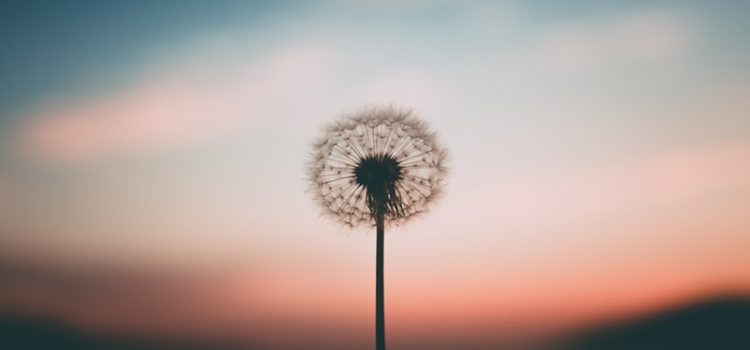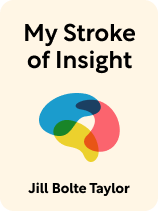

This article is an excerpt from the Shortform book guide to "My Stroke of Insight" by Jill Bolte Taylor. Shortform has the world's best summaries and analyses of books you should be reading.
Like this article? Sign up for a free trial here.
What if you already had peace somewhere inside your mind? What if you just need to learn how to access it?
As a stroke silenced Jill Bolte Taylor’s mind, she developed feelings of deep inner peace that had lain dormant in the right half of her brain. Her newfound capacity for empathy and stillness redefined her awareness of herself and the world—and she’s sharing this gift with others.
Keep reading to learn how to find peace within yourself by tapping into the well of inner calm that’s embedded in the wiring of your brain.
How to Find Peace Within Yourself
Beyond our capacity for taking control of our emotional lives, Taylor says the most important lesson her stroke taught her was that a deep sense of peace and connection with the world is hardwired into the human brain. We only need to learn to engage it. She describes the overwhelming feelings of peace and connection she experienced during and after her stroke, and she gives advice on how to find peace within yourself without having to go through the ordeal of a stroke.
When Taylor’s stroke silenced the left side of her brain, she felt a deep, abiding sense of calm that was separate from her ego or the confines of her physical form (both of which are defined by left-brain perceptions). With only her right-brain processing to guide her, she saw and felt herself and the world as a flow of energy, not as simple matter. Because she’d lost her perception of time, Taylor concludes that peaceful awareness lies in the right hemisphere’s perception of the present moment, not in the left brain’s remembrance of the past or ambitions for the future. While she worked to bring her left hemisphere back from its trauma, Taylor was determined not to lose sight of the sense of peace and connection she’d discovered.
(Shortform note: In Essentialism, Greg McKeown discusses focusing your thoughts on the present in the context of managing time, energy, and resources. He argues that when you ignore the future in favor of what’s most important in the present, you’ll be more relaxed and time will move more slowly. Just as Taylor did when she rebuilt her cognitive functions, McKeown recommends devoting your energy to one task at a time without worrying about the next. He even advocates putting your brain on “pause” when you’re distracted, taking a quick time out, and letting go—much like Taylor’s method of dealing with unwelcome emotions.)
Taylor insists that she didn’t develop feelings of inner peace because of her stroke—they’d been there all along, inside her right brain. But, she’d been distracted by the nonstop verbal chatter of her left hemisphere. Just as many meditation experts suggest, you can achieve that sense of peace if you can learn to quiet your thoughts. The process entails slowing your mind, listening to your thoughts, learning which ones trigger negative cycles, and encouraging those that foster calmness, empathy, and joy. It may take lots of practice to quiet your inner voice. But, if you do you’ll find a wellspring of compassion and contentment that’s been hidden in your brain’s right hemisphere.
(Shortform note: Consciously slowing and quieting your thoughts is a skill that takes time and practice, but it can be achieved. In Mindfulness in Plain English, Bhante Gunaratana differentiates between being aware of a thought and thinking it. In meditation, the idea isn’t to stop thoughts completely, but to notice them when they occur and let them pass. Gunaratana says that a thoughtless state of mind is as detrimental as one that’s continually distracted. The practice of mindfulness meditation encourages letting go of your ego and the barriers you put up between yourself and the world, and it does so in a gentler way than what Taylor experienced with her stroke.)

———End of Preview———
Like what you just read? Read the rest of the world's best book summary and analysis of Jill Bolte Taylor's "My Stroke of Insight" at Shortform.
Here's what you'll find in our full My Stroke of Insight summary:
- A neuroscientist's experience and observations after suffering from a stroke
- How the author's stroke helped her develop empathy and stillness
- How best to support stroke survivors






